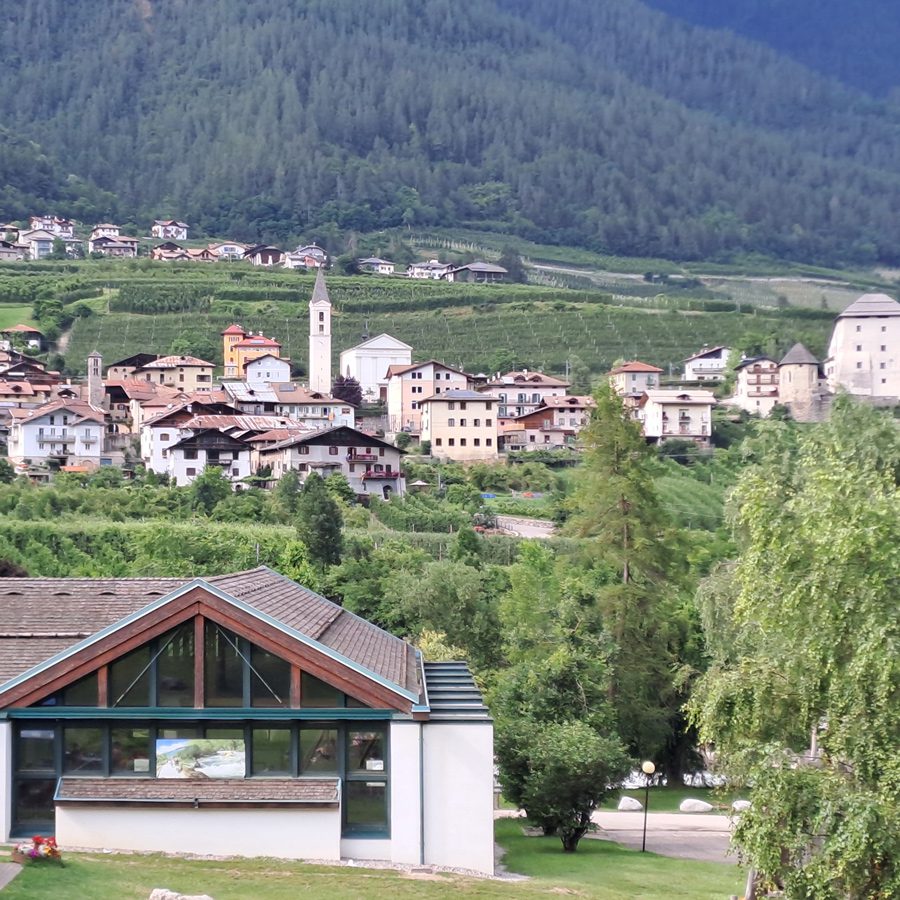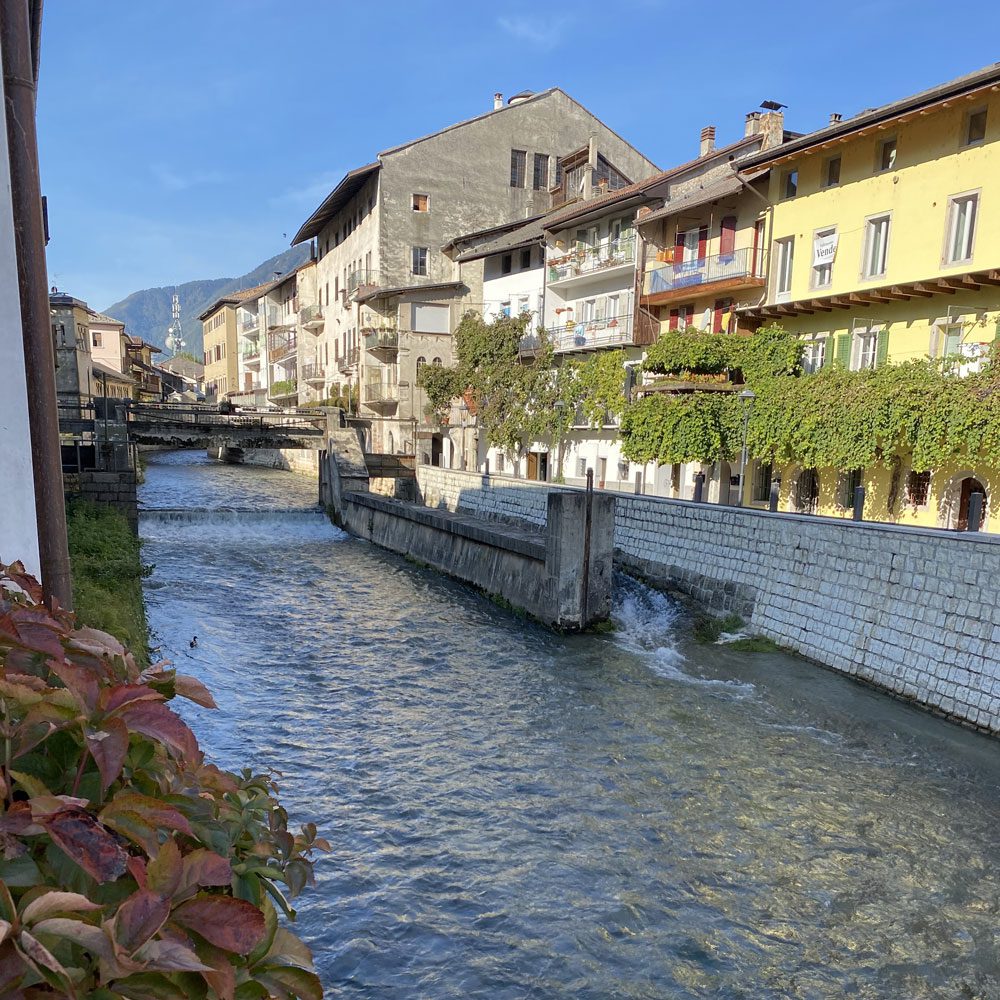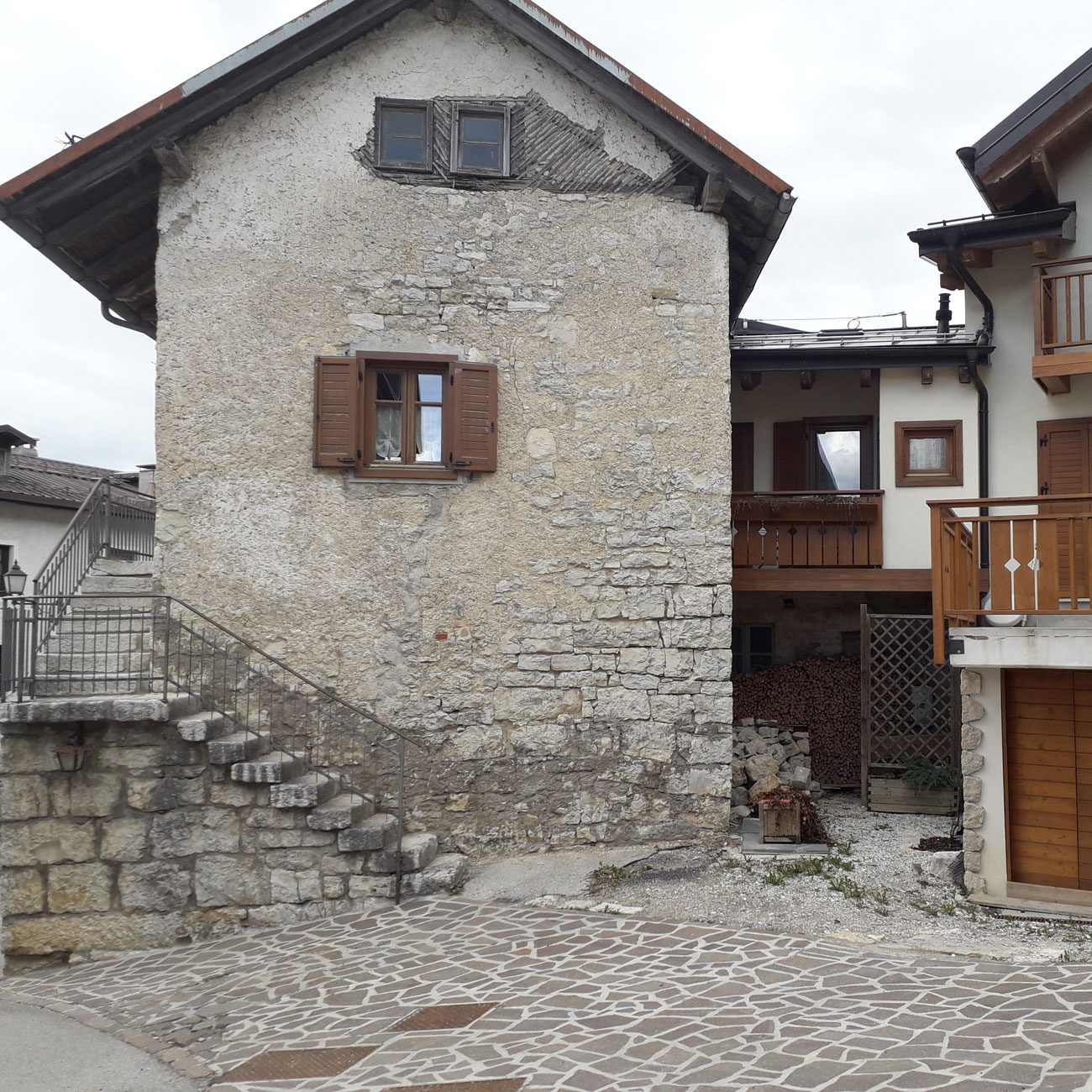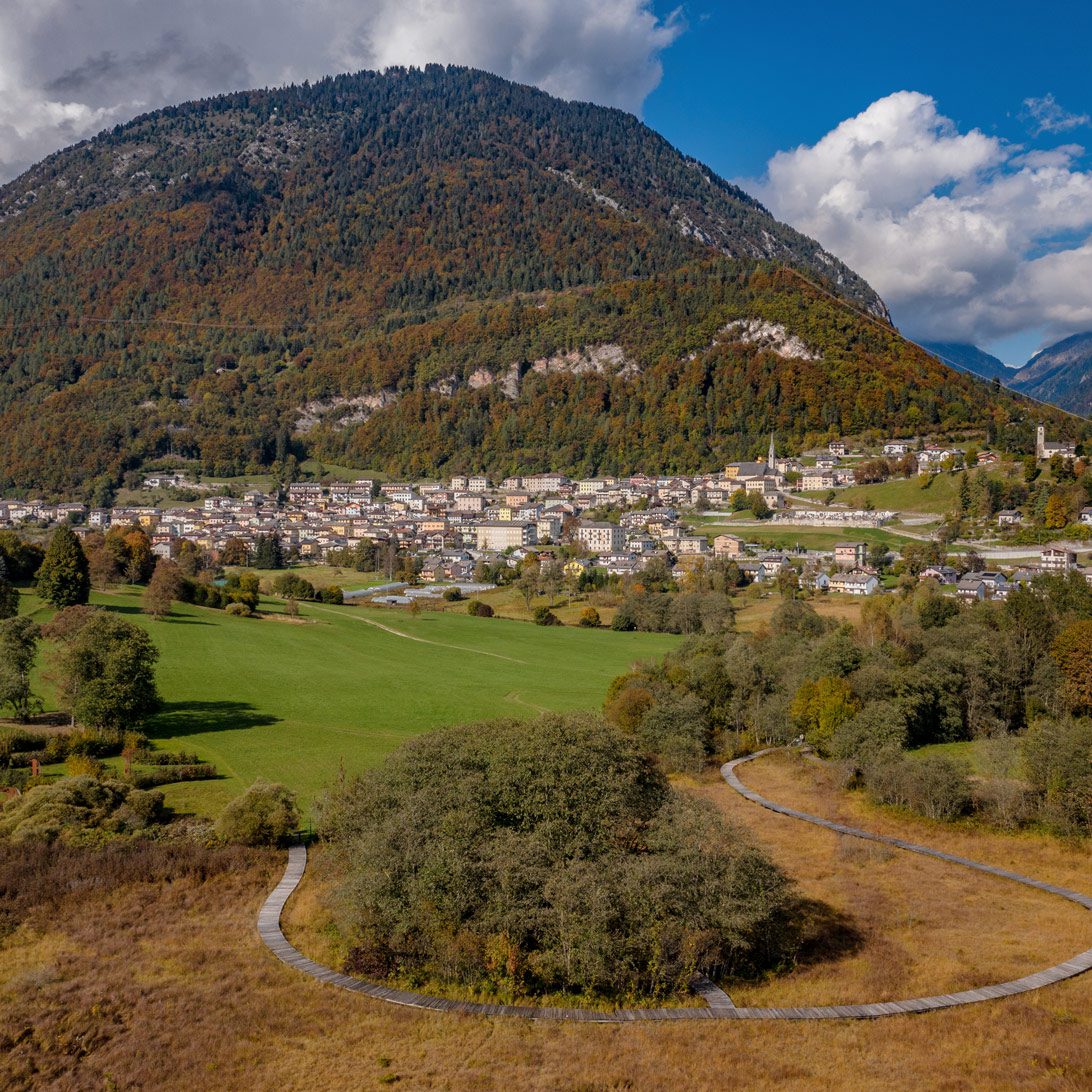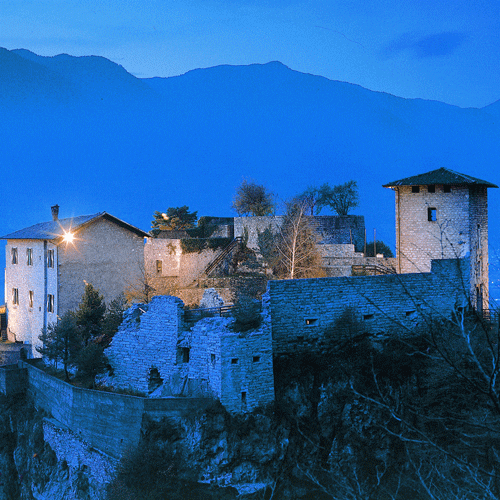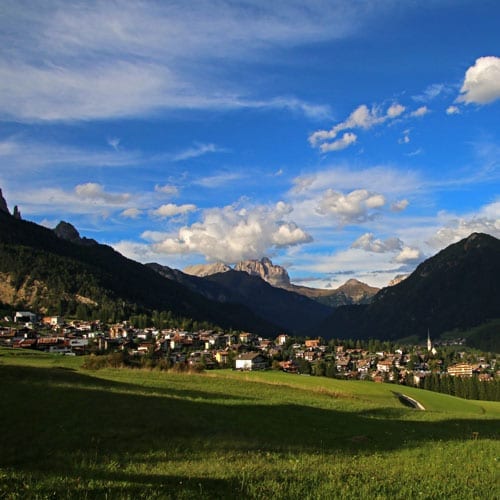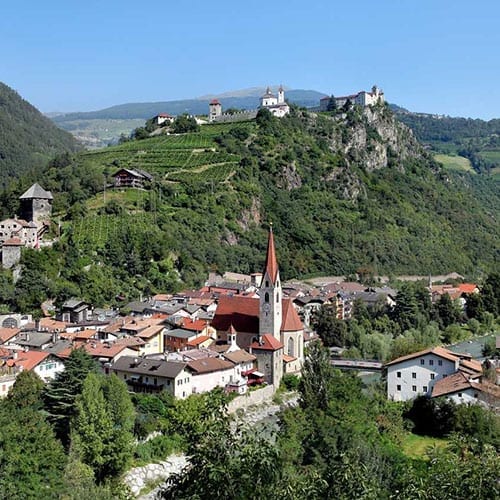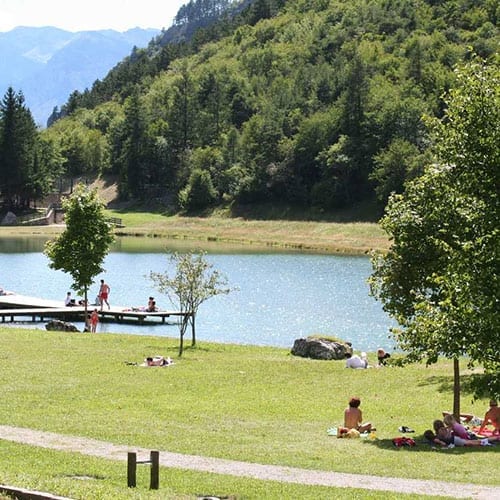 Castelrotto – Kastelruth
Castelrotto – Kastelruth
MUNICIPALITY OF CASTELROTTO – KASTELRUTH
(Bolzano-Bozen District)
Altitude
mt. 1090 a.s.l.
POPULATION
6935 (2000 in the borgo)
tourist information
Castelrotto Tourism Association, Piazza Krausen 1 – Ph. 0471 706333
www.castelrotto.com – info@castelrotto.com
www.comune.castelrotto.bz.it
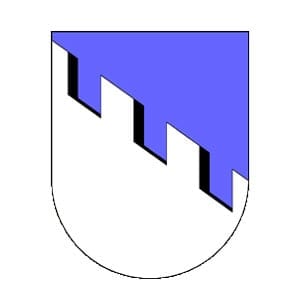
The toponym appears for the first time in the X century as Castellum Ruptum, with the meaning of “broken, ruined castle”.
Mount Calvary rises above the Borgo of Castelrotto and offers a beautiful panoramic view of the borgo with its majestic bell tower, the Santner peak and the Sciliar massif.
The territory of Castelrotto is largely included in the Sciliar Nature Park. The language that governs Kastelruth – this is its German name (Ciastel in Ladin) – is “picturesque”: in the sense that many façades were decorated by a painter, Eduard Burgauner (1873-1913), whose intention was to transform Castelrotto into an open-air artwork. Still today the image of the Borgo is an interesting combination of Art Nouveau style and local traditions in Baroque style, as you can see on the edge of the borgo, where the frescoes of Villa Felseck – the home of the Burgauner family – illustrate the months in a cyclical way, following the peasants rites and work . This is one of the most striking façade but there are others, such as Thurn-Edenberg House, with a medieval inner core that corresponds to the Edenberg Tower. The decorations on the façade are the work of Eduard Burgauner and his uncle Johann Burgauner (1812-1891), who were born here.
Visitors are immediately welcomed by the beautiful Krausen square. In 1607 the present town hall was built, while the high bell tower was built after the 1753 fire, which damaged the old Gothic church, replaced with the present neoclassical mid-nineteenth century building . On the façade of the town hall you can see the coat of arms of the Krausen family of Hungarian origin who had their residence here. The sign recalls the architect builder, Jacob Kraus von Sala (1560-1619). Inside there is the boardroom, covered in worked wood, and on the first floor there is another room, covered in sixteenth-century wood and with a coffered ceiling. The exterior has a Baroque portal and a faint Erker and, on the back, late Gothic balconies.
In the borgo there are two historic hotels: Goldenes Rössl (once Locanda della Croce, Kreuzwirtshaus, existing since the seventeenth century) and Zum Wolf. Old buildings are located along the first hundred metres of the Buehl route, along the Oswald von Wolkenstein route, along the Colle and Platten routes.
From the main square, a short ascent takes you to the Kofel pass, past a narrow passageway. Here the Locanda della Torre, Turmwirtshaus, mentioned as early as 1511, was the seat of the court. Il Colle is a hill in the woods where the castle once stood, later destroyed (hence the name of the borgo: Castel-rotto, i.e. “broken castle”), the ruins of which still remain. Oswald von Wolkenstein (1377-1445), one of the most important medieval poets and author of the “Song of Castelvecchio”, Hauensteiner Lied, lived here. Here you will find the seven Calvary chapels built at the end of the 17th century by the Kraus family. From the top of the hill there is a beautiful view over the rooftops of Castelrotto and the Sciliar Mount. In the surroundings, surrounded by meadows, there are farmsteads that date back to the thirteenth century.
The municipality of Castelrotto consists of a main nucleus and eleven hamlets, each with its own church and name, three of which are in the Ladin language. The lowest hamlet is San Vigilio (720 m asl), the highest is Compatsch (1825 m) at the entrance to the Alpe di Siusi.
Alpe di Siusi, Seiser Alm in German, is one of the most beautiful mountains in the Dolomites. The 56 square kilometres of the area are covered by meadows, fields and forests, making the Alpe the largest plateau in Europe. Its altitude is between 1,630 and 2,350 meters. A network of paths about 350 km long crosses this alpine landscape where, among alpine huts and shelters, the farmers of Fiè allo Sciliar and Castelrotto have always led to the grazing of cows and sheep.
The Museo del Costume in Krausen Square displays traditional Tyrolean costumes. The men’s shirt includes a shirt, vest, dark loden jacket and hat adorned with a carnation. Women wear a long black skirt and a black velvet bodice with a blue or black apron on top, and a silk scarf with long fringes.
January is the month of the Peasant Marriage. The bride and groom in showy dresses – she with a green hat and he with a red carnation in his jacket pocket – depart from Valentine’s Day on a horse-drawn sleigh. In the procession the single women have their hair gathered on the head, the married ones put it behind the nape of the neck; the older women wear the turmkappe, a cone hat; the girls wear white clothes, the children wear the black loden and the chenille shirt. The parade is followed by a banquet of traditional dishes: delicious cheese, speck ham, krapfen and strudel sweets.




